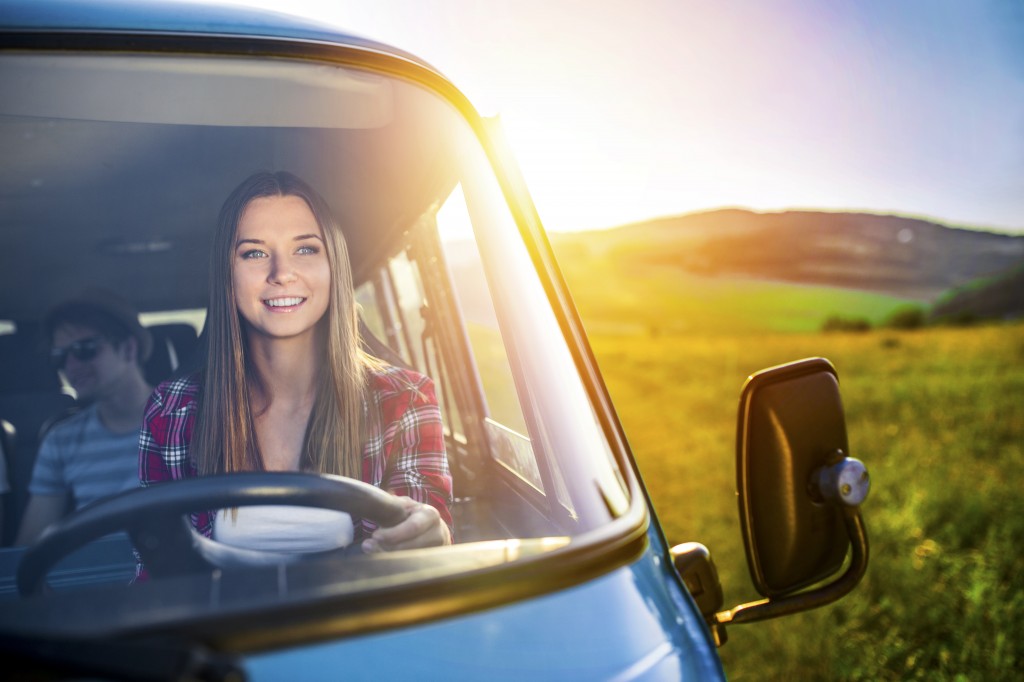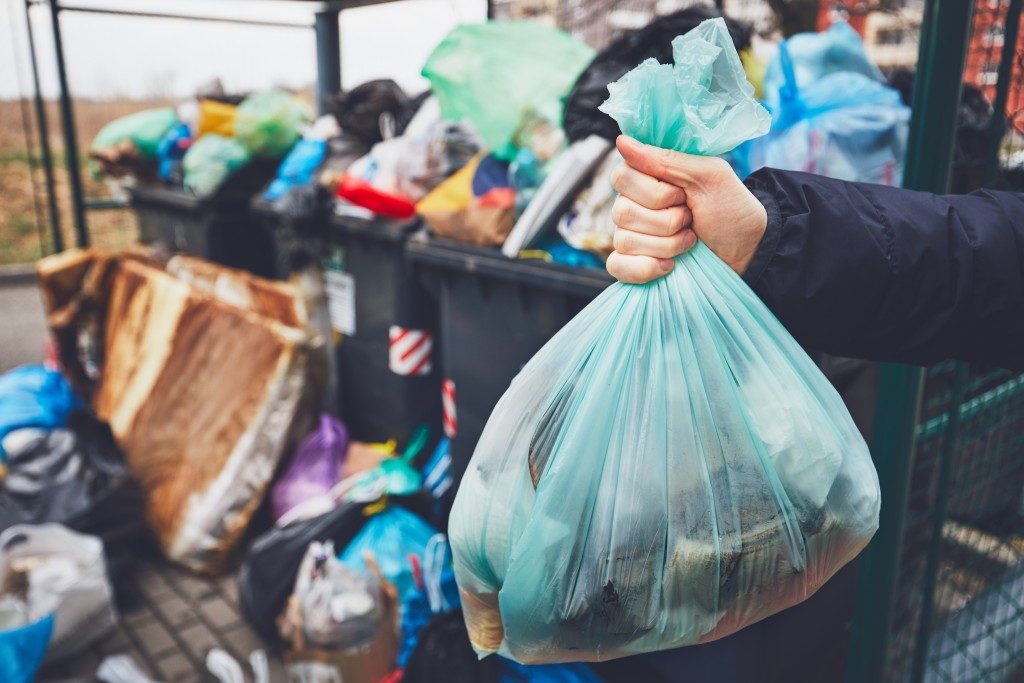A lot of individuals have been looking forward to traveling, especially since most people are stuck at home and not doing much. But before you can get yourself a ticket for traveling, you will have to take note that there will be safety measures and guidelines set in place by authorities. We’re not yet at the end of the COVID-19 pandemic, and these safety measures can help us ensure that we are safe while we are enjoying our vacations.
COVID-19: Indoors and Outdoors
But before we do discuss in detail the different measures needed, we’ll have to answer some important questions that have been highly debated for the last few months: How does COVID-19 behave indoors and outdoors? What are its characteristics?
According to most healthcare organizations, safety from COVID-19 doesn’t necessarily depend on whether you’re inside a building or outdoors. Various factors could affect the transmission, and information regarding these factors is constantly changing.
Some factors you’ll have to weigh in on include:
- Air circulation and ventilation around enclosed areas. Some studies would suggest that air conditioning that re-circulates air is known for causing a variety of transmissions.
- Population density and the distance between you and the people you come in contact with.
- How long you’ll be interacting with a particular individual. The longer you interact with someone, the more likely you’ll get transmission.
- Activities in certain areas. Normally, urban areas are considered hot spots for infections are while rural areas aren’t considered hot spots since there’s little density there.
With these factors in mind, most medical practitioners are always reiterating that there are times that you’ll be safer being outdoors rather than staying indoors with others that you don’t necessarily know. For example, most people who go on hiking trails in remote areas and just about any area that might not have any human activity are less risky than having to be in a restaurant or a room that does not have proper ventilation. Certain studies have suggested that poor ventilation in restaurants and other establishments correlate with a spike in COVID-19 cases.
If this is the case, why do authorities discourage most individuals from going out of their homes? Well, if everyone is going outdoors, then the chances of exposing individuals would much higher. Thus, authorities must ensure that when people go out, they should be doing essential work, procuring food, and not being positive with any contagious disease.
Still, being stuck at home for months can usually take a toll on the mental health of an individual. While there are some activities and physical exercises that we can do for ourselves, the symptoms and effects of cottage syndrome can have a lasting effect on our mental health. Thus, it’s only appropriate that we find ways of unwinding. Even if it’s just a short trip to safe and quiet camping get-away by ourselves or with friends (who you are certain are not positive with COVID-19.)
Travel Safety Tips

In case you decide to travel, there are a variety of safety measures that you will need to keep in mind.
Segregate Used Fabric For Indoors and Outdoors
If you’re planning on staying in one place for a month or two, it might be wise to buy cleaning rags in bulk. Cleaning rags used for handles and other surfaces suspected of having COVID-19 should be segregated with cleaning rags used for cleaning other parts of your room. Nonetheless, it’s still important to wash all of your segregated clothes and rags that you use for your room and what you’ll use outside. This way, your risk of transmission is mitigated.
Take Your Time When Choosing Your Destination
It’s important to schedule your trip on a day when hiking areas and national parks won’t first open up. During the first few days of re-opening, there’s bound to be a lot of foot traffic, and a lot of hikers and individuals will be on the same path as you are. This is counter-intuitive to any safety measures that you are doing.
Still, there are a variety of activities that are quite low-risk, include:
- Kayaking
- Cycling
- Fishing
Out-of-Town Trips
Normally, states and counties will have their own quarantine and lockdown measures in place if they know that there’s a high risk of infection in their area. If you are traveling outside of your town or state, you will need to do some background research on travel guidelines for certain states and countries. Normally, you’ll need quarantine yourself for 14 days or two weeks or when the authorities deem you safe.
Still, it’s important to be vigilant and maintain social distancing when we are with friends, especially when we haven’t been with them for a long time. Carrying protective equipment such as face masks can help minimize the risk of infection. Traveling by yourself in close areas and low-risk areas is possible as long as you are vigilant while abiding by rules and regulations.



